Hadrian's Villa, UNKNOWN DESIGNER, Classical Roman, TIVOLI, Italy, 110 AD
Emperor Hadrian was a great traveler and explorer throughout the Roman Empire. During his rule, the Roman Empire expanded to its farthest boundaries. Hadrian’s Wall exists today between England and Scotland as a monument to the northern most expansion of the Roman Empire two thousand years ago. Hadrian’s Villa is located in Tivoli, east of Rome. The condition of the structure today is in ruins but key elements remain to understand the grandeur of the palace. The structures featured use of concrete walls, domes and vaults characteristic of the Classical Roman style. The concrete structure was layered with brick and more decorative mosaics. Exceptional original mosaics are present at the site today, a rare find from the Roman era.
The plan organization of Hadrian’s Villa may appear haphazard. The site is missing the orthogonal design repeated throughout the Classical Roman Empire driven by the CARDO and DECUMANUS axes. Because of the change in section at the site, two perpendicular axes did not facilitate a larger organization. Instead, the plan is a radial organization about several pivot points (image 1). Two major diagonal axes are radiating from one of multiple loosely organized centers. Hadrian’s Villa as an important precedent for the BAROQUE ROMAN REPLANNING effort.
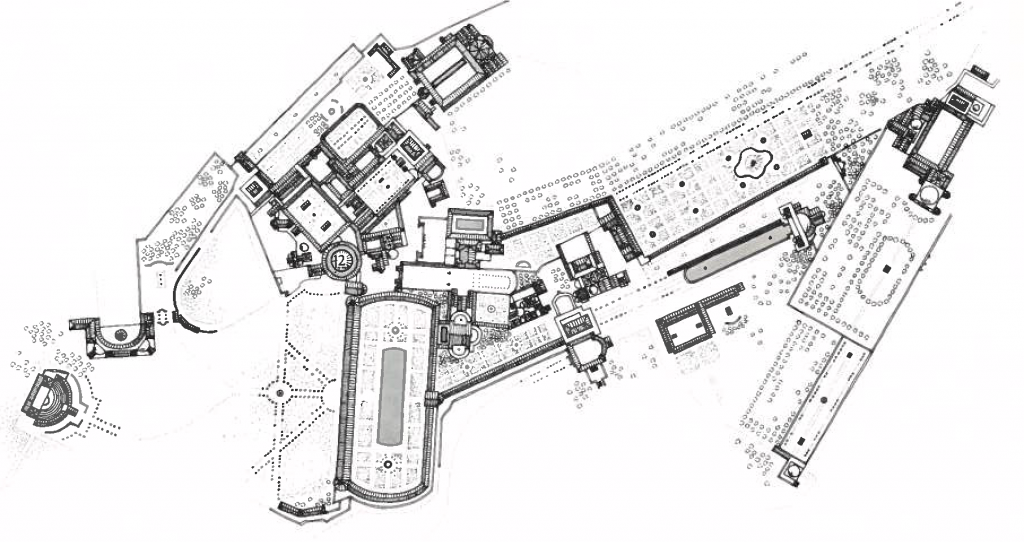
Image 1: Plan of Hadrian’s Villa
The site incorporated a number of elements including a Maritime theater, stadium, baths, libraries, Poekile and Canopus. The visitor center at Hadrian’s Villa displays a large model of the recreated site and constructions from the original design (image 2). The model shows some of these long axes and individual pieces scaling the change in section in the topography. The Poekile was an area related to health and digestion. It was believed if one walked laps around the Poekile after a meal, it would help aid in digestion. Of the various pieces, the best remaining is the Canopus.
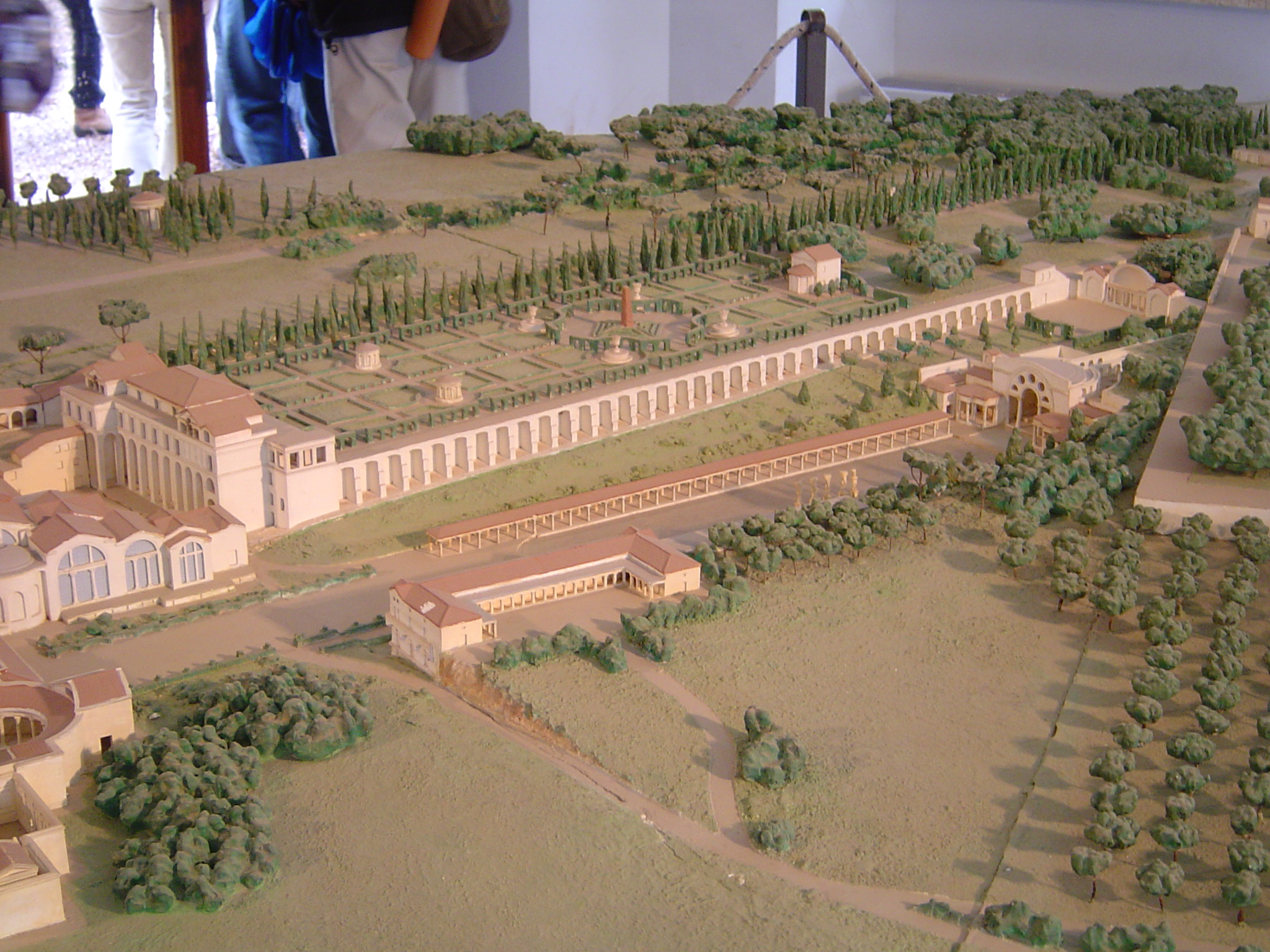
Image 2: Model at Hadrian’s Villa recreating the site from Classical Roman times
The Canopus was designed to recreate the idea of the Nile River, one long, thin waterway cutting through Egypt. Hadrian had a proclivity for traveling, and a particular interest of Egypt. The Canopus recreates memories of Egypt at the site. Only a few physical clues remain as reminders of Egypt such as the crocodile on the banks of the recreated Nile (image 3). What one doesn’t see at the site today is the elaborate events that took place at the Canopus.
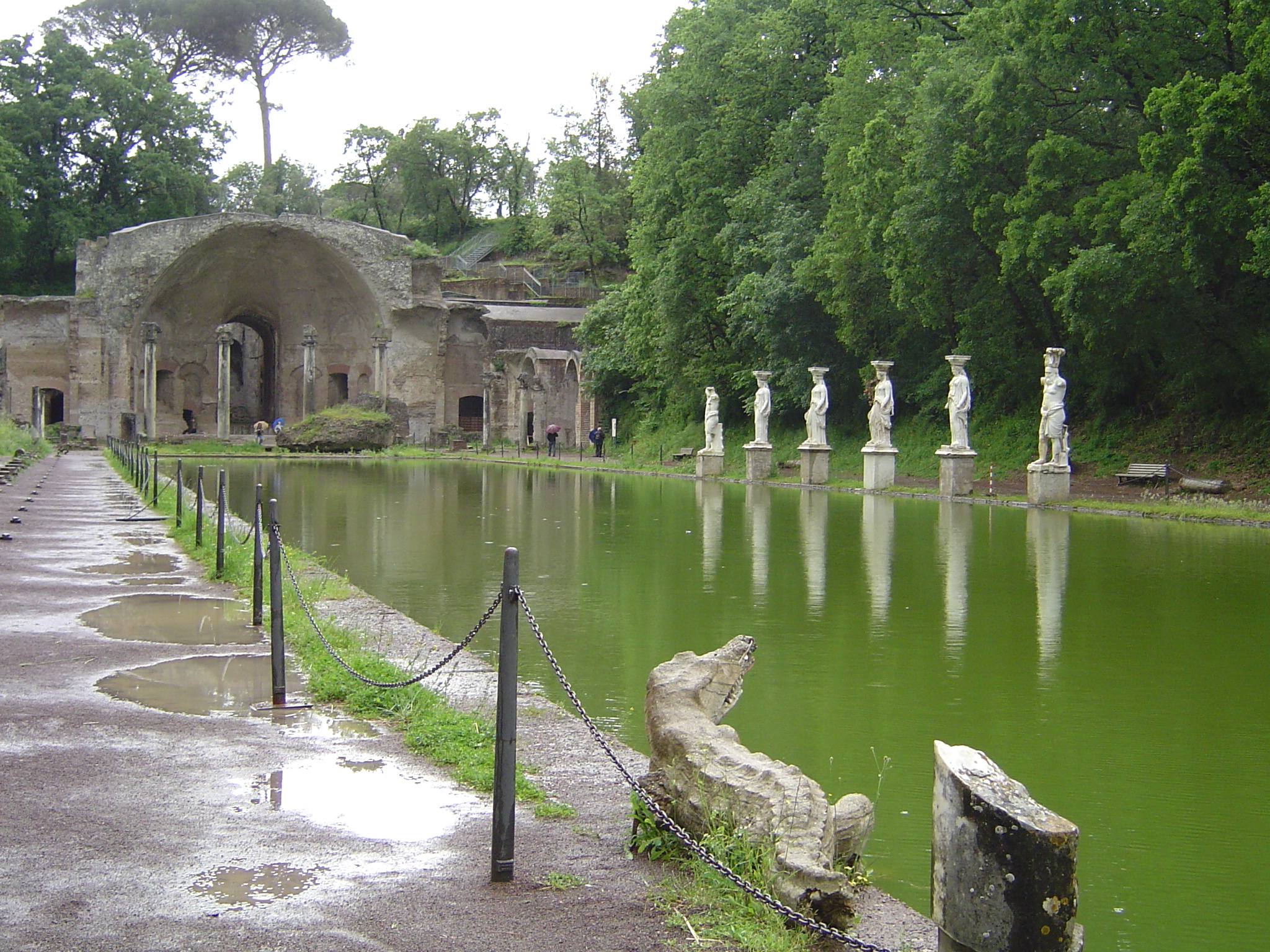
Image 3: Canopus with central line of water recreating Nile River and Egyptian imagery along banks
The setting would have been a theatrical scenery of boats, smells, food, beverages, even decorative costumes, makeup and hair evoking Egyptian sensibilities. Records detail the events taking place at this site. It is an interesting example of how physical form may not always provide the full picture of the experience.
Other than the line of water and theatrics at the site, other visual aspects of the Canopus evoke Roman imagery. At one end of the Canopus appears a Pantheon like building sliced in half exposing the central dome (images 3 and 5). At the other end are semi-circular arches, commonly repeated throughout Roman Empire, with Roman statues underneath (image 4).
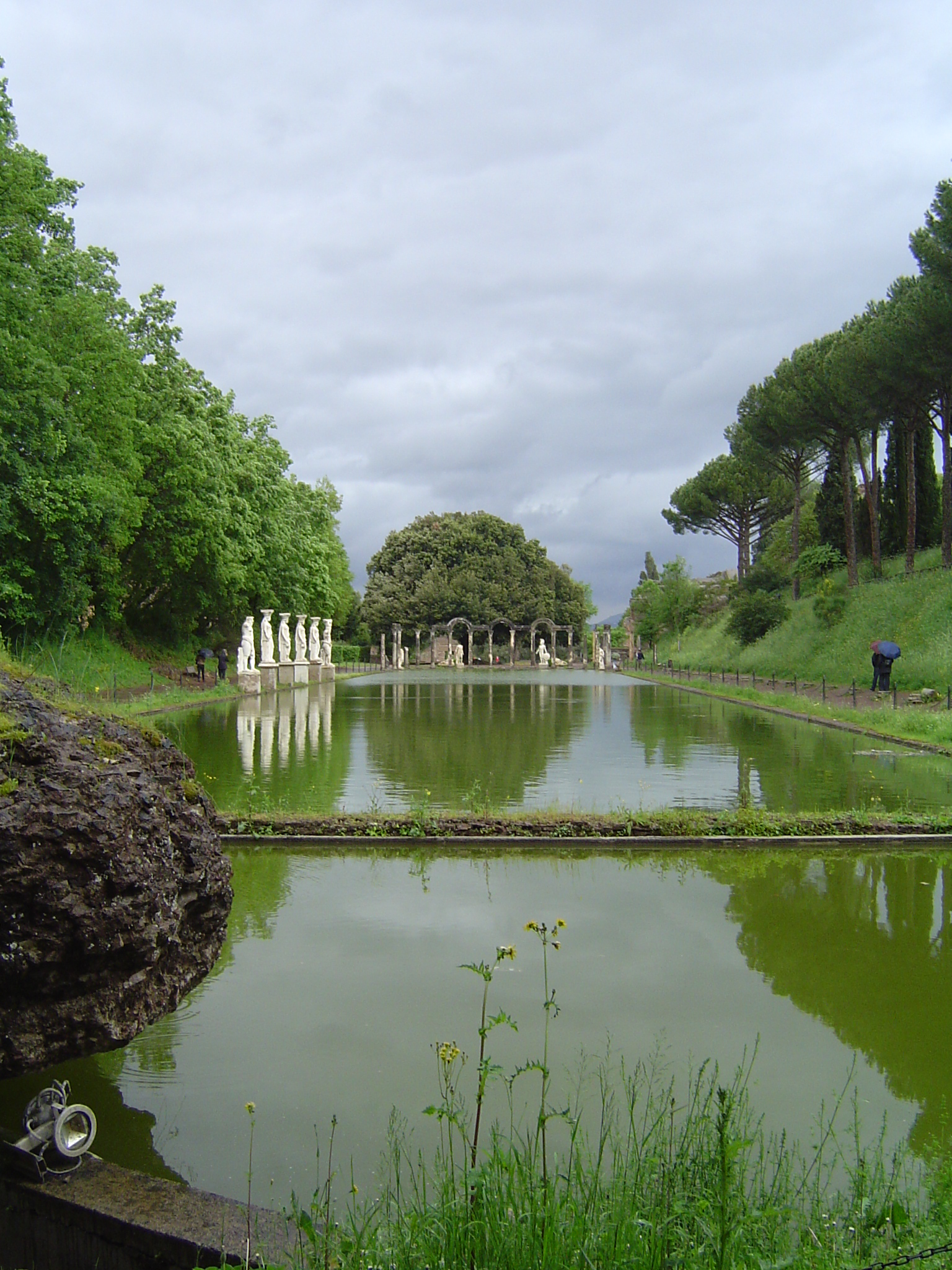
Image 4: View of Canopus from one end looking towards Classical Roman arches and statues at opposite end
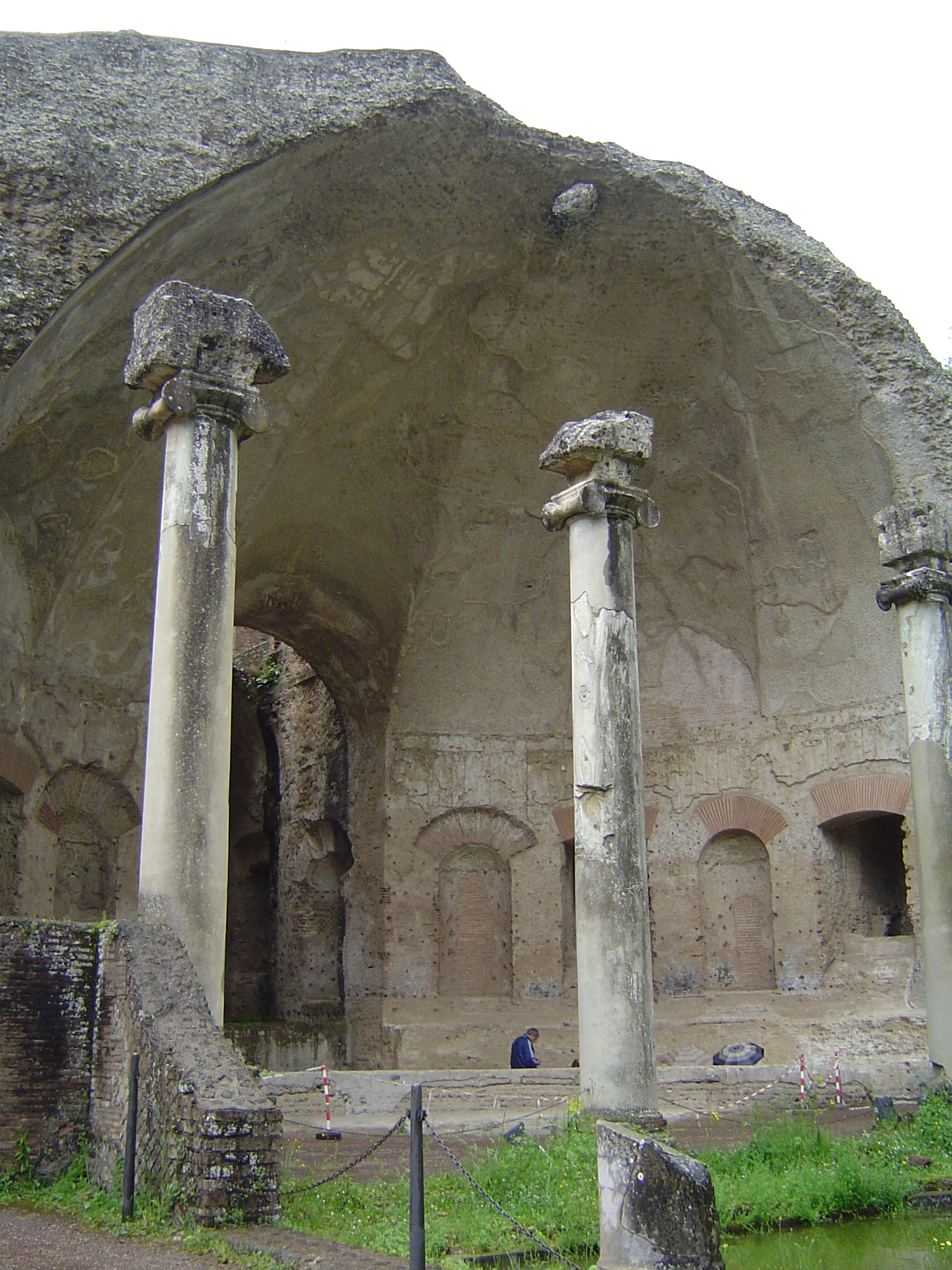
Image 5: Closer view of slided concrete dome at Canopus
Sometimes in archeology, there are interesting threads woven between sites. Along the banks of the Canopus, are a series of replica statues from the Erectheion at the Acropolis in Athens (image 6). The statues at Hadrian’s Villa were found in past decades and have been a helpful tool for archeologists to study and recreate the CARYATID statues at the Erectheion.
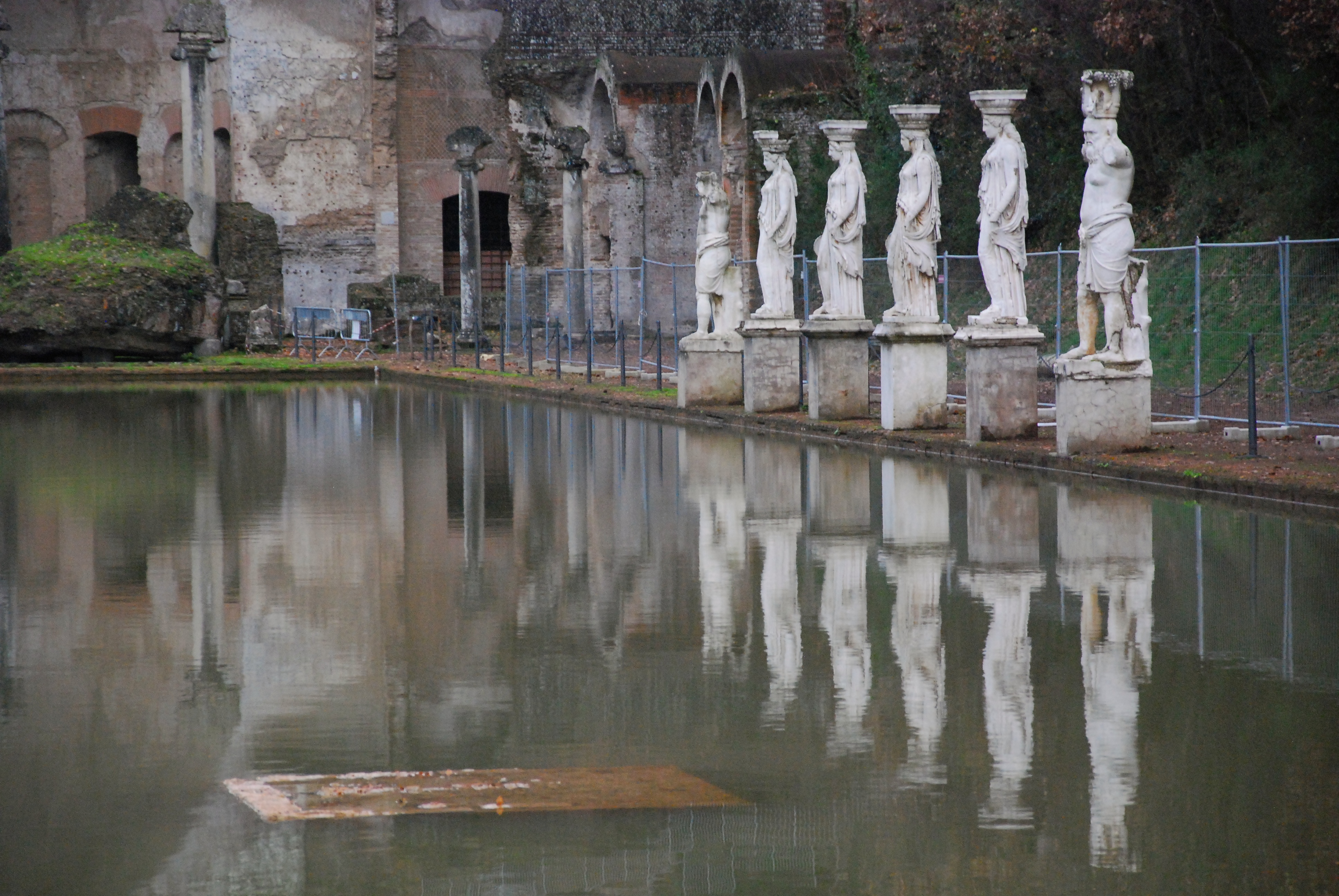
Image 6: view of recreated Caryatids along banks of Canopus
Media Attributions
- Hadrian’s Villa Plan © Charles Moore, Poetics of Gardens is licensed under a All Rights Reserved license
- Image of Hadrian’s Villa Form Model © Aimee Moore is licensed under a CC BY-NC (Attribution NonCommercial) license
- Image of Crocodile, Caryatids, and Ponds © Aimee Moore is licensed under a CC BY-NC (Attribution NonCommercial) license
- Full View of the Pond at Hadrians Villa © Aimee Moore is licensed under a CC BY-NC (Attribution NonCommercial) license
- Half Parthenon Dome at Hadrians Villa © Aimee Moore is licensed under a CC BY-NC (Attribution NonCommercial) license
- Caryatids at Hadrian’s Villa © Aaron Epstein is licensed under a CC BY (Attribution) license
